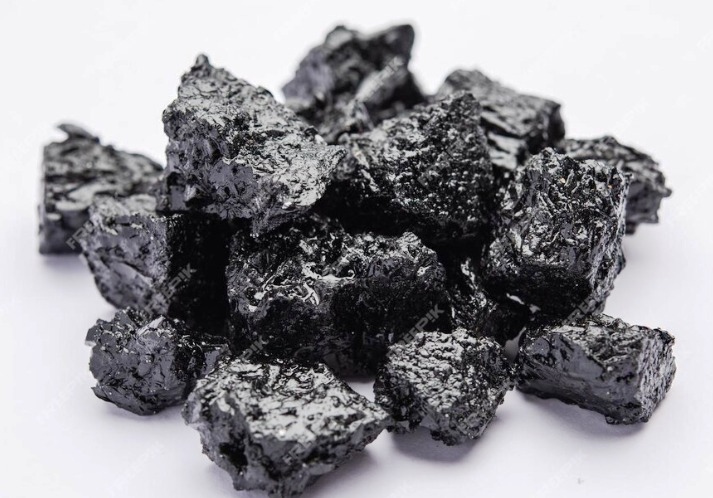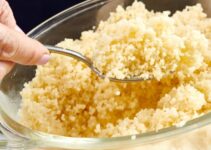Overview: What Is Shilajit?
Shilajit is a sticky, tar-like substance that oozes from the cracks of rocks in the high mountain ranges of Asia, particularly in the Himalayas. It is composed of mineral, animal, and plant matter, which has decomposed over centuries. Its composition varies based on geographic location and temperature, but it typically contains:
- Vitamins and minerals essential for overall health.
- Essential fatty acids and amino acids vital for cell function.
- Fulvic acid and humic acid, which are known for their antioxidant and anti-inflammatory properties.

Unlocking the Secrets of Shilajit
Shilajit is widely used in Ayurvedic medicine as an adaptogen, believed to enhance energy, stamina, and overall well-being. Despite its traditional use for various ailments, scientific evidence is still limited regarding its effectiveness.
Common Uses and Benefits of Shilajit
Although more research is needed, shilajit is commonly used for the following conditions:
Alzheimer’s Disease:
Shilajit is believed to have neuroprotective properties and may help slow the progression of Alzheimer’s by preventing tau protein buildup in the brain.
Athletic Performance and Endurance:
It may enhance stamina by boosting the production of adenosine triphosphate (ATP), which provides energy to muscles.
Male Fertility:
Some studies suggest that shilajit may improve sperm count and motility, supporting male reproductive health.
Bone and Muscle Strength:
It is used in traditional medicine to aid in the recovery of fractures and osteoporosis by promoting bone density.
Anti-inflammatory and Antioxidant Effects:
Shilajit contains powerful antioxidants that help reduce oxidative stress and inflammation.
Chronic Fatigue Syndrome:
Due to its energy-boosting properties, shilajit may help alleviate chronic fatigue and improve vitality.
Immune Support:
It is also believed to enhance immune function and strengthen the body’s natural defenses.
Potential Side Effects of Shilajit
While processed shilajit is generally considered safe in recommended doses, there are some potential side effects and precautions to be aware of:
Digestive Issues:
Some users may experience stomach discomfort or nausea when taking shilajit orally.
Allergic Reactions:
Rarely, it may cause allergic responses such as rash, itching, or dizziness.
Lower Blood Sugar:
Shilajit can reduce blood sugar levels, which may be problematic for individuals with diabetes or those taking antidiabetic medications.
Unprocessed Shilajit Risks:
- Crude or unprocessed shilajit may contain impurities and heavy metals, posing potential health risks.
Precautions and Warnings
- Pregnancy and Breastfeeding: There is insufficient research on shilajit’s safety for pregnant or breastfeeding women. It is best to avoid using it during this period.
- Before Surgery: Shilajit may interfere with blood sugar control during and after surgery. It is advised to stop taking it at least two weeks before any scheduled surgery.
- Interaction with Diabetes Medications: Since shilajit can lower blood sugar, combining it with antidiabetic medications may result in hypoglycemia (low blood sugar). Regular monitoring is recommended.
Recommended Dosage of Shilajit
Shilajit is commonly used in the following dosages:
- For general health benefits: 200-500 mg daily, for 8 to 48 weeks.
- For specific conditions: Consult a healthcare provider to determine the appropriate dose for your needs.
Conclusion
Shilajit is a natural supplement with potential health benefits, particularly for energy, fertility, and overall vitality. However, its use should be approached with caution, especially for individuals with underlying health conditions. Consulting with a healthcare provider before adding shilajit to your wellness routine is recommended.




